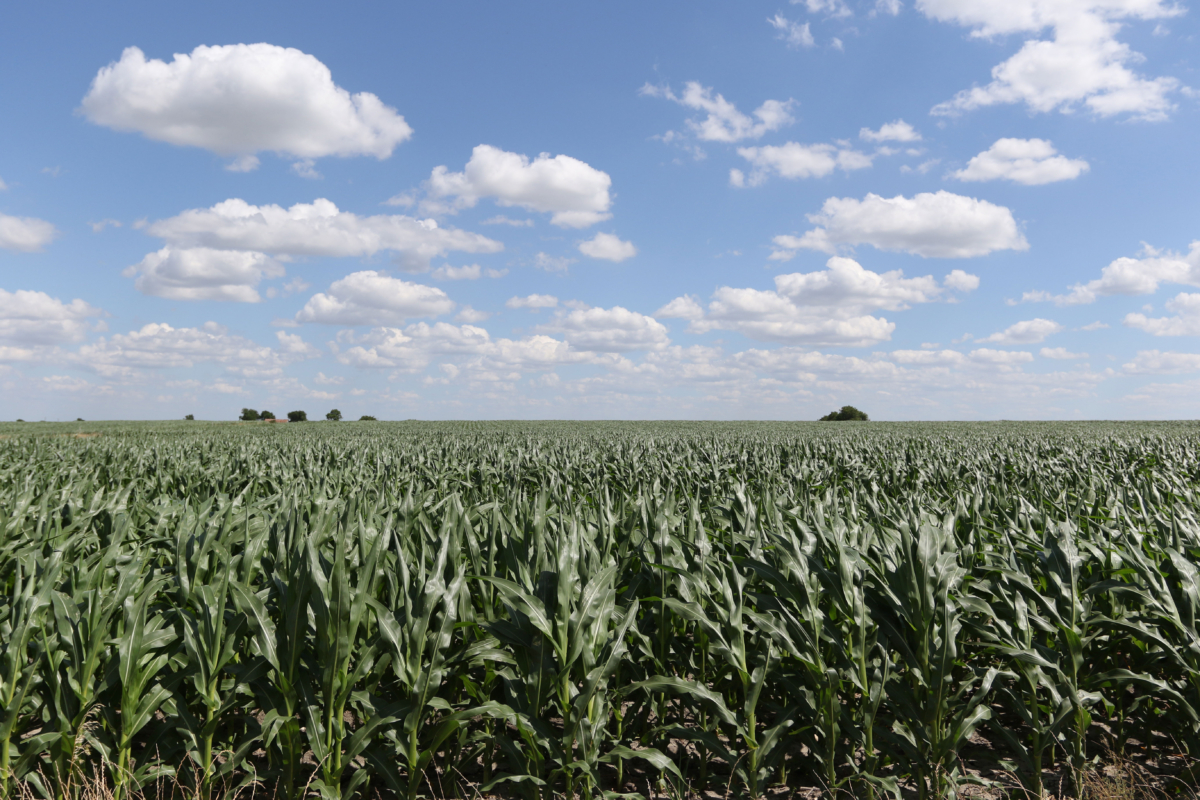By Jennifer Dorsett
Field Editor
To help improve corn production and sustainability efforts, Texas A&M AgriLife Research corn breeder Seth Murray is evaluating the physical and spectral traits, the phenome of corn.
Murray, the Eugene Butler Endowed chair in the Department of Soil and Crop Sciences, believed individual genes poorly predict corn yield, so he began to evaluate the corn’s phenome.
His research uses drone footage to conduct statistical analyses, modeling traits to predict the highest- yielding plants and optimizing plant breeding and selection.
“Dr. Murray is leading the way in crop breeding and the use of advanced technologies that will allow growers to benefit from higher yields and increased stress resistance in corn,” Patrick Stover, vice chancellor of Texas A&M AgriLife, said. “His pursuit to contribute to a safer and more secure food supply for our nation epitomizes the spirit of a land grant university.”
Developing higher yielding and more stress- and aflatoxin-resistant corn has been part of his research, but Murray is also working to create perennial corn varieties that have the potential to revolutionize the crop and further enhance the sustainability of growing corn.
He is known as a leader in using technology to further research efforts.
Murray recently helped lead an AgriLife project of 40-plus researchers and students in developing procedures to use drones and other unmanned aerial vehicles for breeding and precision agriculture purposes.
That experience led Murray to focus on the use of high-throughput measurements when selecting promising varieties in a breeding program.
Last year, he released five new corn hybrids bred for the longer growing seasons and stressors of the southern U.S.
“Corn is a tremendously productive crop, and through scientific discoveries, farmers have increased yields eight-fold over the last 100 years,” Murray said. “That means one-eighth of the land is needed to get the same production, freeing up land for recreation, urbanization, wildlife or simply producing additional crops needed to feed a growing population.”
Improved aflatoxin resistance, drought tolerance and nutrient-use efficiency are some of the breeding traits Murray focuses on in his research, as well as the incorporation of novel genetic diversity for perennial, blue and quality protein corn.
The use of drones and phenomics research will further improve crop yields while improving the costs of growing corn and its sustainability, Murray said.
Now, for the second time, Murray is among the finalists for the prestigious Blavatnik National Award for Young Scientists for his work in improving corn varieties to increase yields and quality while using less land.
The Blavatnik award, presented by the New York Academy of Sciences, recognizes America’s most innovative young scientists and engineers.
In June, 31 finalists for the world’s largest unrestricted prize for early career scientists were announced.
Murray was chosen from 305 nominations from 161 academic and research centers in 41 states. He is competing to be one of three Blavatnik National Awards Laureates. Each laureate will win $250,000.
The three 2020 Blavatnik National Awards Laureates will be announced on July 22.

